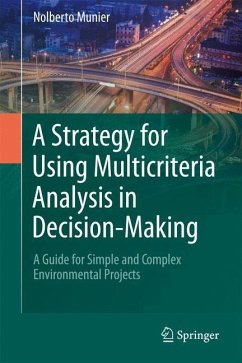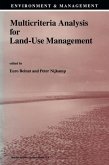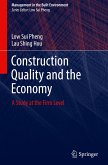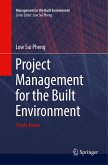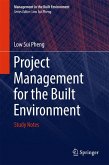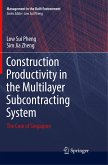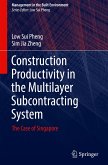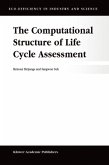This book develops a complete strategy for decision-making, with the full participation of the decision-maker and utilizing continuous feedback. It introduces the use of the very well-known and proven methodology, linear programming, but specially adapted for this purpose. For this, it incorporates a method to include subjective concepts, as well as the possibility of working with many different and even contradictory objectives.
To illustrate the concepts, the book is liberally populated with diverse case studies, such as:
-selection between sources of renewable energy
-route selection for an oil pipeline project
-airport expansion plans
-scheduling bridge repairs
-housing developments
-land use and rehabilitation of abandoned land
-selecting construction alternatives for a subway line
Taking the reader from the basics to the end of the process, this practical guide will be of interest to anyone undertaking analysis and decision-making on both simple and complex projects, and who is looking for a strategy to organize, classify, and evaluate the large amount of information required to make an informed decision. The strategy includes methods to analyze the results and extract conclusions from them.
Readers in the fields of environmental science, engineering, urban-planning, architecture, and business administration will find this book useful.
Hinweis: Dieser Artikel kann nur an eine deutsche Lieferadresse ausgeliefert werden.
To illustrate the concepts, the book is liberally populated with diverse case studies, such as:
-selection between sources of renewable energy
-route selection for an oil pipeline project
-airport expansion plans
-scheduling bridge repairs
-housing developments
-land use and rehabilitation of abandoned land
-selecting construction alternatives for a subway line
Taking the reader from the basics to the end of the process, this practical guide will be of interest to anyone undertaking analysis and decision-making on both simple and complex projects, and who is looking for a strategy to organize, classify, and evaluate the large amount of information required to make an informed decision. The strategy includes methods to analyze the results and extract conclusions from them.
Readers in the fields of environmental science, engineering, urban-planning, architecture, and business administration will find this book useful.
Hinweis: Dieser Artikel kann nur an eine deutsche Lieferadresse ausgeliefert werden.

